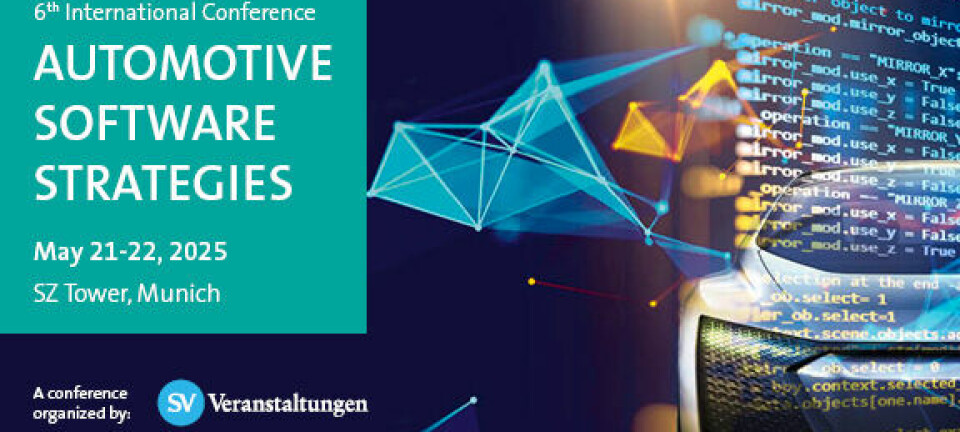Economic Drivers
UK Automotive Software Market Facing Rapid Growth
SDVs enable business models such as Software-as-a-Service (SaaS) and Feature-as-a-Service (FaaS), allowing manufacturers to deliver new features post-sale and extend the life and relevance of vehicles far beyond their production date.
Advanced Propulsion Centre UK
The UK automotive sector is undergoing a profound structural transformation, as the industry shifts from traditional internal combustion vehicles to electrified, intelligent, and software-defined platforms. This opens up tremendous business opportunities.
At the core of this evolution lies the increasing role of
software in vehicle development, integration, operation, and lifecycle
management. This is not merely a technological upgrade—it marks a new
industrial paradigm in which software becomes the central driver of innovation
and value creation. One of the defining elements of this new era is the
software-defined vehicle (SDV). Through over-the-air updates, SDVs enable
business models such as Software-as-a-Service (SaaS) and Feature-as-a-Service
(FaaS), allowing manufacturers to deliver new features post-sale and extend the
life and relevance of vehicles far beyond their production date.
According to the latest insight report published by the Advanced
Propulsion Centre UK, the UK automotive software market is projected to almost
double from £1.05 billion in 2023 to £2.04 billion in 2028, growing at a
compound annual rate of 14.2%. This outpaces global growth and reflects the
UK’s potential to take a leading position in the rapidly evolving SDV
landscape. The most significant areas of application include powertrain
management, ADAS, infotainment, battery analytics, and integrated vehicle
control systems.
Complexity is a collective opportunity
The traditional OEM–Tier 1 supply chain model is being
disrupted by the emergence of “Tier 0.5” players—especially chipmakers and
platform providers—who are now key architects of vehicle functionality.
Software development cycles are becoming shorter, more modular, and more
reliant on agile and platform-based methods. Cybersecurity has also become
mission-critical, particularly as vehicles grow more connected and autonomous.
Regulatory compliance, including adherence to UNECE regulations (R155 & R156)
and ISO/SAE 21434, is essential for all players in the value chain.
As Julian Hetherington, Automotive Transformation Director
at the Advanced Propulsion Centre (APC), emphasizes: “The importance of
continued software development and integration should not be underestimated. It
is fast becoming the driver of a fundamental shift across the entire vehicle
life cycle. Vehicle performance and health-monitoring through its lifetime, and
at end-of-life, is a key enabler for more sustainable design to support the
circular economy rather than simply aiming to reduce tailpipe emissions.”
The UK’s innovation ecosystem provides many advantages. The
country has strong academic research in AI, data analytics, simulation, and
cyber-physical systems, along with a dynamic SME base. However, key challenges
remain: limited software industrialisation, skills shortages, fragmented Tier 1
capabilities, and weak technology transfer from research to commercial
application.
Rethinking data strategies
The shift toward SDVs also offers an opportunity to rethink
data strategies across the supply chain. As Hetherington notes: “We are keen to
foster a culture of sharing the value-add from data analytics that Tier 1s
begin to uncover as SDVs become more prevalent and generate more insight.
Cascading these findings down the supply chain will give us visibility of what
is required to meet upcoming regulatory requirements, help develop an
understanding of the software controls that need embedding and generate a
transparent bill of materials (BOM) and origin of content.”
To address these structural and technological shifts, the report recommends a five-point strategy:
Five-Point Strategy
1. Embed software priorities into the UK’s national
automotive roadmap, with a strong focus on:
- Artificial intelligence (AI)
- Cybersecurity
- Lifecycle management
2. Develop a robust supply chain strategy, including:
- Strategic partnerships in the semiconductor sector
- Support for commercialisation of innovations
3. Scale national capabilities beyond R&D, by
building up:
- Validation infrastructure
- Industrial-scale software production
4. Support onshoring of software development to
enhance:
- System integration
- Resilience of the supply chain
- Intellectual property (IP) protection
5. Invest in
skills development, through:
- Education and training programmes
- Reskilling initiatives
- Talent pipelines aligned with net-zero and digitalisation targets
In conclusion, automotive software is no longer a feature—it
is the foundation. For the UK to remain globally competitive, it must embrace
the software-defined future holistically, with coordinated investment, talent
development, and a systemic approach to innovation and implementation.























